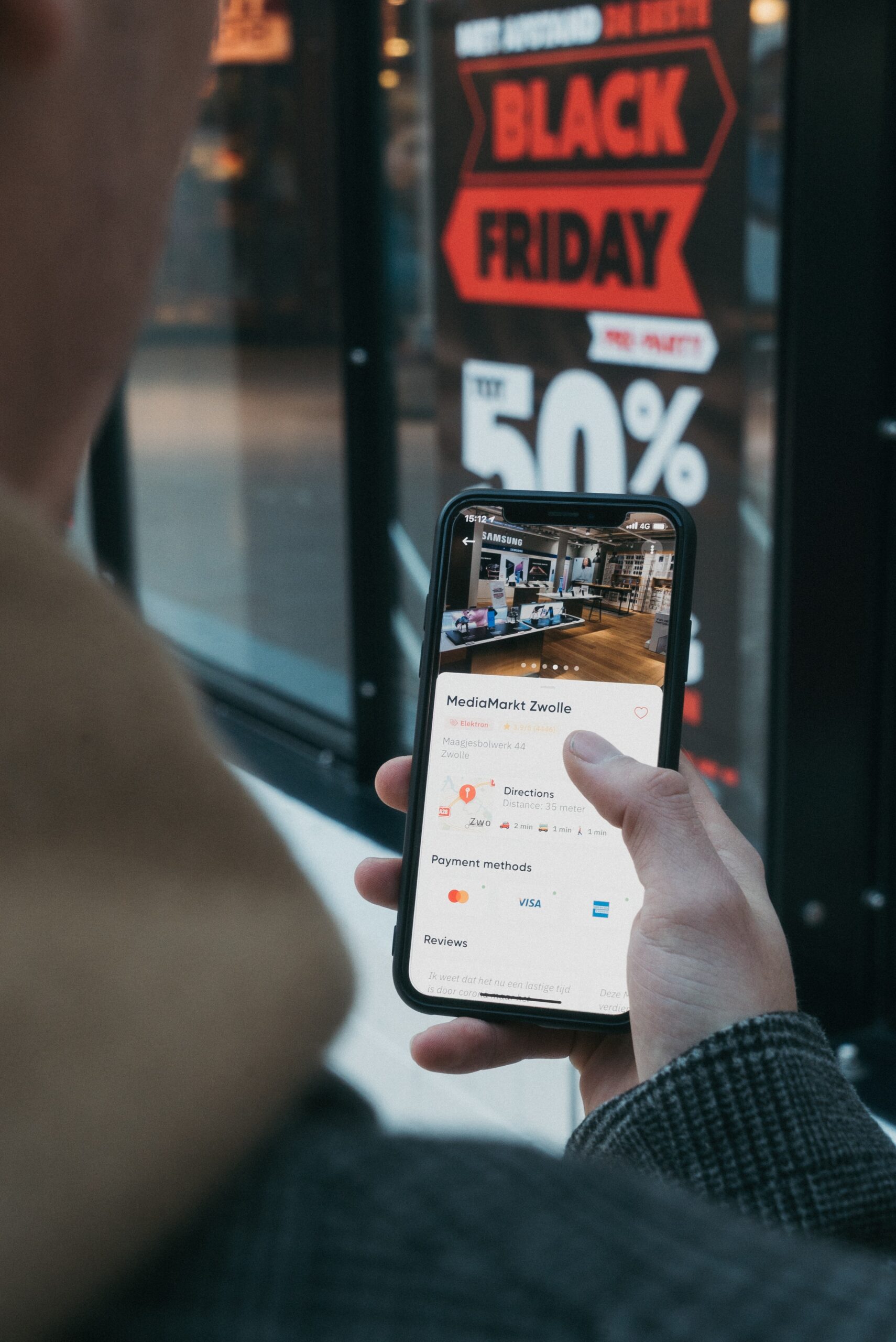As competitive as the current business landscape is, companies are getting more and more creative in securing long-term bonds with their prospects, and in ensuring that all bases in the purchase funnel are covered. But in doing so, there is one essential process that should not be overlooked—lead generation.
In this article, we will be tackling the fundamentals of lead generation as well as how you can strategically do it to drive growth and revenue for your business.

What is a Lead?
In simpler terms, a lead is any potential customer that expresses interest in your product or service.
These leads are the ones who, after initially providing relevant information about themselves and then hearing back from you, respond and communicate that they want to engage with your brand. Through these user-submitted data, you now have a way to tailor your messaging to your customers’ current pain points, making targeting more efficient and less intrusive.
This is how you can be sure that your prospects are genuinely interested in what you offer, as opposed to contacting them out of nowhere without having any clue if they could be a part of your target market or not.
How are Leads Qualified?
Although the primary purpose of lead generation remains the same, there are different ways of attracting organic leads and determining their level of interest. Below are some common examples of lead gathering methods:
- Sign-up Forms – After clicking on a CTA button you’ve provided, prospects will be led to a registration or sign-up form that they could fill out with their personal information so they can proceed with their purchase
- Digital Content – Includes ebooks, streaming services, webinars, etc.
- Surveys – Prospects’ responses will be recorded and used to produce messaging that would best address the current needs
- Coupons – Prospects would key in information such as their contact details to gain access to exclusive coupons and deals
It is not enough to simply gather leads—they must be qualified ones. But how exactly do businesses do it?
BANT
BANT is an acronym that stands for Budget, Authority, Need, and Timeline. It is a qualitative method that uses questions to assess whether a lead 1) could afford your product or service; 2) is the key decision maker for the purchase or is only an influencer of the decision; 3) has a need that your product could address; and 4) needs your product urgently or not.
Sample questions to ask during a BANT assessment:
Budget
- What is your budget range?
- Where will your budget be coming from?
- Is price a deciding factor?
Authority
- Who will be the primary users of the product?
- Who is involved in the purchase decision?
Need
- When did you first identify the problem?
- Have you encountered a similar issue in the past?
- What have you done so far to solve the problem at hand?
Timeline
- How soon do you need to make this purchase?
- Is there an urgent need for the product or service?
- What happens if the deadline isn’t met?
- Is your organization planning a campaign or strategy overhaul some time soon?
Lead Scoring
Lead Scoring is a quantitative method used to rank organic leads based on their level of interest in your brand, and how much impact they would possibly have on overall sales.
You have the liberty to decide which criteria to base your scale on, and there’s really no strict universal standard that you have to adhere to so long as it is aligned with your sales motion and marketing objectives. For example, if a lead constantly interacts with you through your email threads or actively participates in your social media campaigns, you may rank them higher on your scale.
Once you’ve gauged a lead’s potential to be a customer, you would now be able to identify what type of lead they are based on their score.

Types of Leads
Leads have different types that are mainly based on their scores and which stage the prospect currently is on in the purchase funnel.
a. Cold Lead
Cold leads are the ones who you haven’t contacted before, or show no interest in starting their customer journey with you. A typical example of this are people who get randomly contacted by credit card companies, without having full knowledge of what the company or their services are all about.
b. Warm Lead
Warm leads are best identified using the BANT method—they are leads who failed to meet at least 1 criterion on your assessment. However, if these leads are nurtured well, it is still possible for you to hear from them again and eventually make it back to your list.
c. Sales Qualified Lead (SQL)
Sales qualified leads are the ones that garnered significantly high scores on your scale, and have communicated their interest to engage with your brand in more ways than one. An example of this is when a prospect regularly engages with your social media posts, or fills out the sign up form to ask specific questions about your offers.
d. Marketing Qualified Lead (MQL)
The difference between a marketing qualified lead and a sales qualified lead is that MQLs are the ones that aren’t fully decided yet to make the transition from lead to customer. They will respond to your CTAs mainly for the purpose of standing by for exclusive deals and offers.
e. Product Qualified Lead (PQL)
If you’re a company that has tried giving out free samples of your product/s for people to try, then you’re most likely aware of what a product qualified lead (PQL) is. PQLs are leads who already have an experience using your product or service that are on a trial period, and are expressing interest in availing of its features that are beyond the payment wall.

How Does Lead Generation Work?
Now that we know what the different types of leads are, let’s go through the lead generation process.
- Prospect finds out about your business through a marketing channel—social media, email, paid ads, or your official website.
- Prospect clicks on your call-to-action button, and they are led to your landing page, where they key in unique information in the form such as their name and email address so that they could be granted access to an offer (content that they can only get once they provide the required information).
- Prospect submits the form with their information, turning them into a lead.
Tips in Building a Lead Generation Campaign
1. Optimize your website—and your landing page.
It pays to have a good website as it serves as the primary source of information for your brand, but it’s equally important to optimize your landing pages as well. If you have exclusive offers, make sure that each offer has a landing page solely dedicated to them and not just leading visitors to random pages on your website. Ensuring that you have an optimized and cohesive page will cut down your bounce rate and will help you generate more leads.
2. Clear and consistent messaging goes a long way.
In the process of generating leads, it may be easy to forget that prospects are engaging with you for what you offer, not just to give you their personal information. Your messaging should translate to your branding, website, and your products or services—they must have the power to retain customers long after they’ve completed their journey with your brand.
3. Take advantage of social media.
Social media is undeniably one of the most powerful marketing tools that we have today, and when used correctly, can help your lead generation strategy shoot up to greater heights. Each social platform has specific lead generation strategies unique to it that you can use to gather leads.
Let’s take Facebook and Twitter for example. Facebook launched Lead Ads or better known as “sponsored posts” for lead generation purposes, as well as employing the use of CTAs on business profiles so visitors can locate official websites more easily. On the other hand, Twitter uses Twitter Lead Gen Cards on promoted tweets, capturing user information such as the name, email address, and Twitter handle without having to be redirected to a third-party page.
4. Always test the integrity of your strategy.
As in all things, change is also a constant thing in the marketing world. For this reason, you should always check on your lead generation strategy and see if it still works or aligns with your business objectives. Perform A/B testing, assess if your CTAs are still effective, and continue to seek ways to improve your pages until you find the formula that suits your strategy best.
Lead Generation For Leading Businesses
No two lead generation strategies are alike, and we’re here to help you develop and execute the one for your business. Talk to us today to learn more about how we can help you convert visitors into loyal customers.
